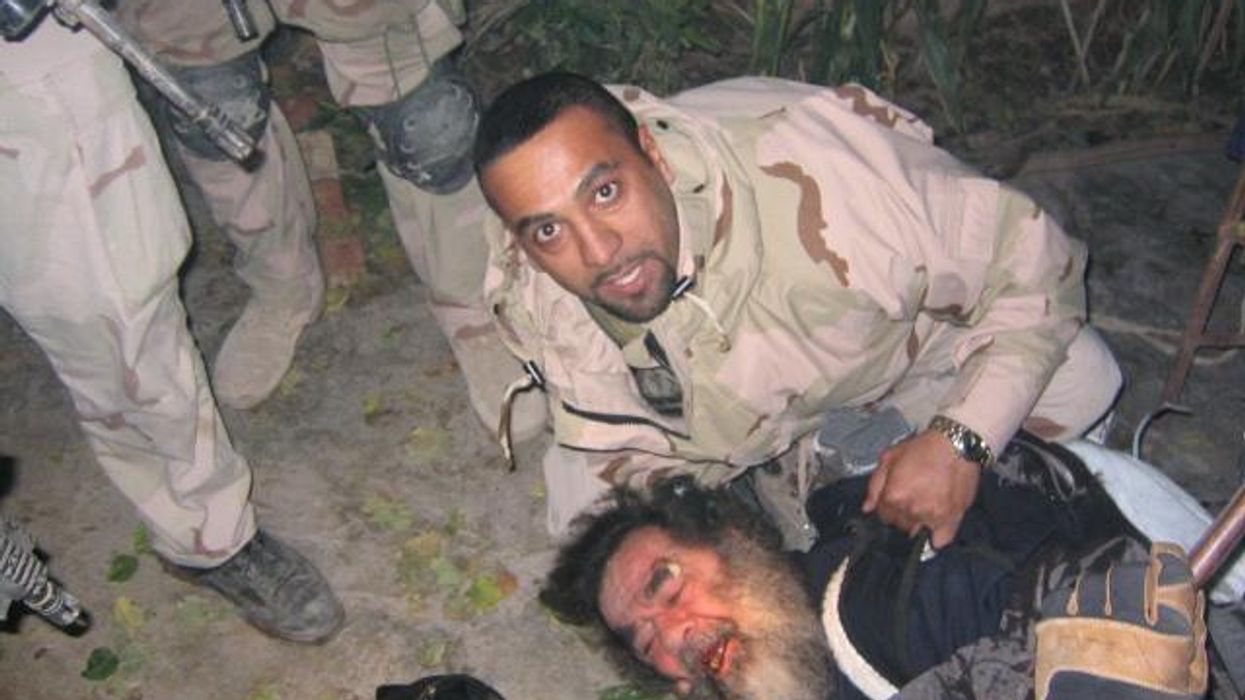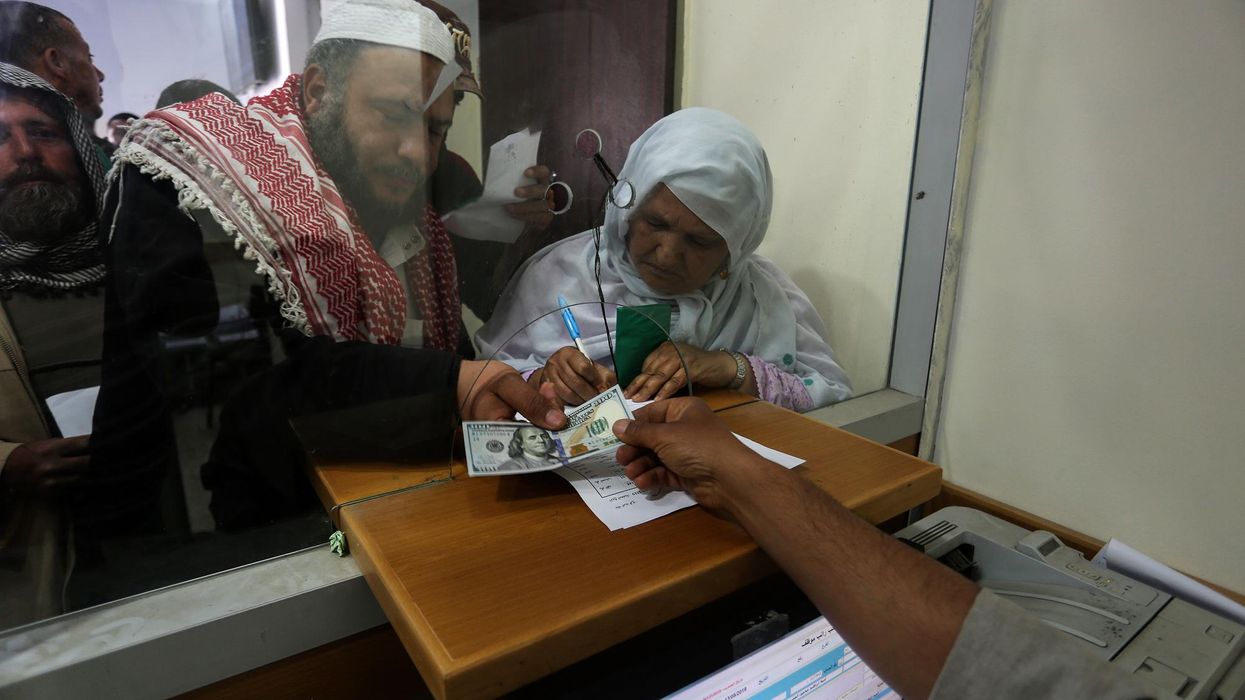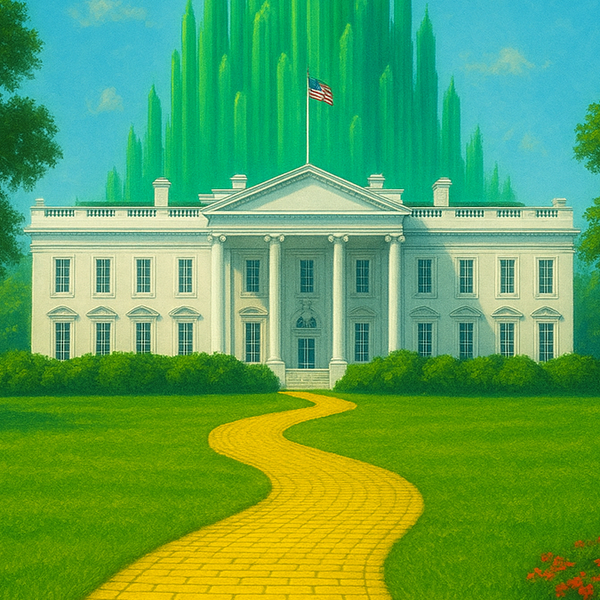Just last summer, Iran’s economy seemed on the road to economic recovery after a decade of stagnation brought about largely by U.S. sanctions.
But two events since then have derailed that trend. Youth protests that erupted following the death of 22-year-old Mahsa Amini while in police custody and Iran’s drone sales to Moscow during Russia’s invasion of Ukraine have darkened the investment climate and appear to have killed any chance for Iran to regain access to global markets any time soon.
President Ebrahim Raisi’s election in June 2021 gave Iran’s hardliners control over all levers of power and the platform to deliver where his moderate and reformist predecessors had failed — a booming economy while resisting American sanctions.
The Iranian year 2021 (March 21, 2021 to March 21, 2022) turned out to be fairly good for the resistance economy. GDP grew by 4.7 percent, according to official data, slightly better than the average for the Middle East of 4.3 percent. It also beat IMF and World Bank predictions of 2-3 percent for the year. The upward trend continued into the first quarter of the Iranian new year (spring 2022), when GDP grew by 4.2 percent (quarter over quarter). More importantly, survey data show that real consumer expenditures — a measure of the living standard — rose by 11 percent, and the poverty rate fell.
These improvements are difficult to attribute to any specific policies adopted by the Raisi administration, and growth was cut by nearly half, to 2.5 percent, in the second quarter of the year (summer 2022) before the protests exploded in mid-September. Such modest growth can easily result while the economy adjusts to a large external shock like Trump’s “maximum pressure campaign” in 2018. More likely, it was the result of the new Biden administration’s gradual easing of Trump’s campaign, which allowed Iran to export more oil and created the expectation of an end to sanctions.
These improvements, which preceded the protests, put in question a simple causal link between the pain the sanctions intended to inflict and the protests that began in September. Tying the protests to some steady and unstoppable economic decline in Iran is misleading. The protests were triggered by an incident that symbolizes the regime’s callous lack of respect for the revolution’s educated youth.
To be sure, sanctions have inflicted pain on ordinary Iranians whose real incomes have plummeted in the past decade, particularly the youth whose employment prospects have deteriorated since sanctions were first imposed in 2011 (despite the fact that demographic pressures on employment have eased substantially). Between 2011 and 2021, the average time between leaving college and the first job increased by one year, from 1.5 to 2.5 years.
Under the tragic circumstances caused by the heavy-handed suppression of the protests, pressing the Biden administration and other Western governments to maintain or pile on more sanctions that effectively hurt Iranian youth is a supreme irony. It is unlikely, however, to affect western publics whose views are mostly shaped by videos of courageous young women defying the regime’s dress codes, police violence, and news of executions and deliveries of “Iranian-made drones” to Russia.
No doubt economic resentment is running high and broadly shared in Iran. However, the most aggravating economic problem from the Iranian public’s viewpoint is not the sad state of youth transitions to adulthood, but rather inflation. An otherwise welfare-improving reform that the Raisi administration implemented in May 2022 — ending foreign exchange food subsidies, most of which benefited upper income groups, and replacing them with progressive cash transfers — spiked inflation to record levels last summer. Inflation has since subsided but is still running at about 30 percent per annum, according to the inflation reports for the quarter that ended on December 20.
Where the protests go from here depends, among other factors, on whether the economy continues on the downward trajectory that began last summer or is able to return to the growth it exhibited in 2021. So far, protests have been limited to younger age groups, but they are likely to draw in older people and industrial workers if the economy falters further.
Because of an aging capital stock, growth needs new investment. With government resources stretched thin, private resources must be mobilized. But for private resources to go into productive investment, the middle class needs to feel optimistic about the economy and its own future, precisely what is in short supply as their children fight for better lives and basic freedoms, including a final end to the harassment by the morality police.
A telling sign that private savings are not finding their way into productive investment is the acceleration in the depreciation of the rial. Since last summer, Iran’s currency has lost a third of its value as private wealth has moved abroad or found shelter in unproductive assets.
In its first two decades, the principal component of the social contract of the Islamic Revolution was public investment to improve the lives of the poor, especially in rural areas. Under sanctions and rising budget deficits, however, public investment has contracted sharply, undermining the revolution’s promise. As late as 2011, gross investment accounted for 25 percent of Iran’s GDP. Since 2018, this share has fallen by half, barely enough for the repair of existing capital stock, let alone building new capital.
Increasingly, the government is looking to the East for new investment resources, but, with Moscow under tough western sanctions since its invasion of Ukraine, Russian resources are limited, and China has repeatedly shown that it will not risk economic confrontation with the U.S. over Iran.
This is why a bigger obstacle for growth than the protests is the fast-disappearing prospects for reviving the 2015 nuclear deal. While the Raisi administration has engaged in on-again, off-again negotiations to revive the deal since April 2021, it has failed so far to reach an agreement.
Since the start of the protests and Iran’s increasing support for Russia in its war in Ukraine, the Biden administration appears to have been moving away from the negotiations. Citing human rights concerns and Iran’s drone sales to Moscow, Europeans have done the same and added new sanctions. Growing international condemnation of Iran increases the likelihood of a return of much tougher UN sanctions, which the European partners in the JCPOA can trigger using the accord’s so-called snapback mechanism.
To break the impasse, Iran can eschew compromise and play its nuclear enrichment card but it will do so at the risk of provoking further tensions at home and in the region, neither of which will deliver the type of resistance economy that hardliners have promised. It will also raise the risk of military confrontation, especially if UN sanctions snap back.
Given the potential damage to all sides from such a confrontation, the West would do well to keep the narrow diplomatic window open, rather than heed those hardline voices who urge a return to “maximum pressure” while claiming to support Iranian youth. Now more than ever, the West needs a more fine-tuned sanctions policy than “maximum pressure,” one that supports the young protesters in Iran without jeopardizing their future.
















